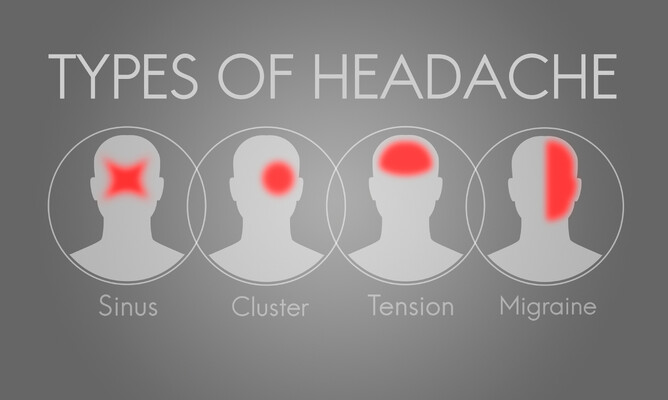Headaches are a widespread issue, affecting people of all ages and backgrounds. They vary widely in their causes, symptoms, and treatment approaches. Cranial osteopathy focuses on the manipulation of the skull and surrounding structures. Here are some examples of common forms of headaches and the mechanism of how cranial Osteopathy might help.
1. Tension-Type Headaches
Characteristics: Tension-type headaches are the most common form of headache. They typically present as a dull, aching pain or pressure around the forehead, temples, or back of the head. The pain is often described as feeling like a tight band around the head
Potential Benefits of Cranial Osteopathy: Tension headaches are often associated with muscle tension and stress. Cranial osteopathy can help by addressing muscle tightness in the neck and scalp, potentially reducing the frequency and severity of these headaches. Techniques used may help relax tight muscles and improve blood flow, leading to symptom relief.
2. Migraines
Characteristics: Migraines are intense, throbbing headaches usually localised to one side of the head. They are often accompanied by nausea, vomiting, and sensitivity to light and sound. Migraines can be triggered by a variety of factors, including stress, certain foods, hormonal changes, and environmental factors.
Potential Benefits of Cranial Osteopathy: Migraines involve complex neurological factors, and while cranial osteopathy may not directly address all triggers, it can help alleviate associated symptoms. By improving cranial mobility and integrating other spinal structures, cranial osteopathy can reduce the overall stress on the nervous system and potentially decrease the frequency or intensity of migraines.
3. Cluster Headaches
Characteristics: Cluster headaches are excruciatingly painful headaches that occur in clusters or groups over weeks or months, followed by periods of remission. The pain is typically severe and localised around one eye, and it is often accompanied by symptoms such as redness in the eye, nasal congestion, or drooping eyelids.
Potential Benefits of Cranial Osteopathy: Cluster headaches are less understood compared to other headache types. Cranial osteopathy may not directly influence the cluster pattern but can help manage associated pain and stress. By focusing on balancing the cranial structures, integrating the blood supply and neurology and promoting overall relaxation, osteopathy can often provide some symptom relief.
4. Sinus Headaches
Characteristics: Sinus headaches are associated with sinusitis or inflammation of the sinuses. They are characterised by a deep, throbbing pain in the forehead, cheeks, or nose, often accompanied by nasal congestion and facial tenderness.
Potential Benefits of Cranial Osteopathy: Cranial osteopathy may help alleviate sinus headaches by addressing restrictions in the cranial sinuses and promoting better drainage. By improving the movement and function of the cranial bones involved in sinus drainage, osteopathy can help reduce sinus pressure and related headache symptoms.
5. Hormonal Headaches
Characteristics: Hormonal headaches, including menstrual migraines, are linked to hormonal fluctuations, particularly in women. They typically occur in relation to the menstrual cycle or hormonal changes.
Potential Benefits of Cranial Osteopathy: While cranial osteopathy may not directly address hormonal imbalances, it can help manage headache symptoms associated with hormonal changes. By promoting relaxation and reducing stress, which can exacerbate hormonal headaches, cranial osteopathy can often offer considerable relief.
6. Rebound Headaches
Characteristics: Rebound headaches, or medication-overuse headaches, occur due to frequent use of headache medications. The headaches often have a daily or near-daily pattern and may worsen as medication use continues.
Potential Benefits of Cranial Osteopathy: Rebound headaches are primarily managed by addressing medication habits. However, cranial osteopathy might help manage pain and reduce overall stress levels during the process of tapering off medication, potentially aiding in the relief of rebound headache symptoms.
Conclusion
Cranial osteopathy provides a nuanced approach to headache management by focusing on the gentle manipulation of the skull and surrounding structures. While its effectiveness varies depending on the type of headache, many individuals report experiencing permanent relief from symptoms through this gentle, hands-on technique. Whether addressing muscle tension in tension-type headaches, aiding cerebrospinal fluid flow in migraines, or alleviating sinus pressure in sinus headaches, cranial osteopathy offers a complementary option for those seeking relief. Your Osteopath working with your doctor can also help establish the nature of your headache and should be able to refer if further medical investigations are required.
To find out more about the author Sebastian Click Here




